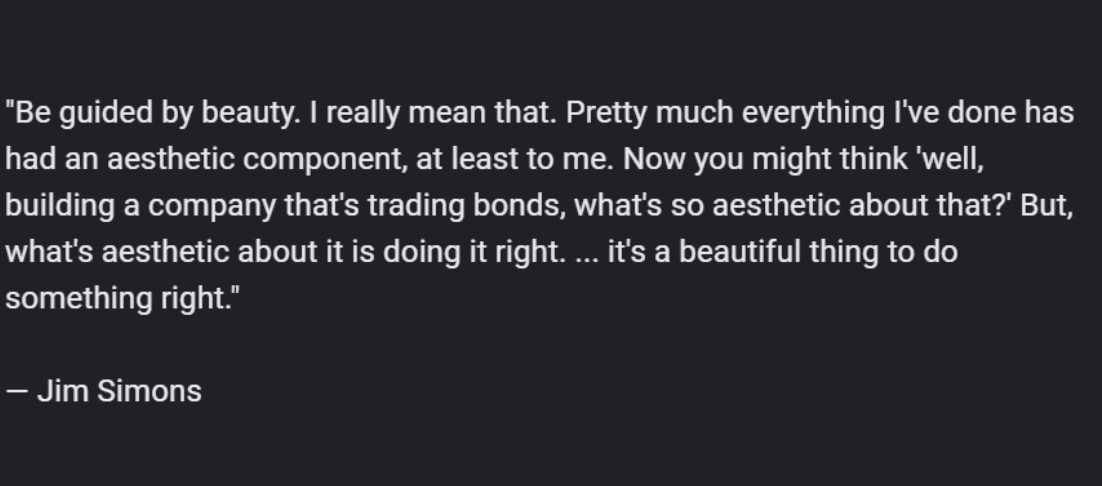Sublime
An inspiration engine for ideas
A property of visual equivalence among elements in a form. Symmetry has long been associated with beauty, and is a property found in virtually all forms in nature. It can be seen in the human body (e.g., two eyes, two ears, two arms and legs), as well as in animals and plants. Symmetry in natural forms is largely a function of the influence of grav
... See moreWilliam Lidwell, Kritina Holden, Jill Butler • Universal Principles of Design, Revised and Updated: 125 Ways to Enhance Usability, Influence Perception, Increase Appeal, Make Better Design Decisions, and Teach through Design
Symmetry is beautiful, because life blooms in cycles rather than episodes.
Elegance is beautiful, because everything that matters can be described in a few math equations or observed between a few kindergartners.
Contrast is beautiful, because something that lacks an alternative also lacks meaning.
Connection is beautiful, because the s... See more
Symmetry in letterform design doesn’t mean perfect mathematical symmetry—you make adjustments to each letterform to create balance between the letter and the white space around it. B, P, and R may all look very similar, but the upper bowls of the letterforms are often different to adjust for letter density and white space.
Jessica Hische • In Progress: See Inside a Lettering Artist's Sketchbook and Process, from Pencil to Vector
Many forms in nature exhibit self-similarity, and as a result it is commonly held to be an intrinsically aesthetic property. Natural forms tend to exhibit self-similarity at many different levels of scale, whereas human-created forms generally do not. For example, an aerial view of a coastline reveals the same basic edge pattern, whether standing a
... See moreWilliam Lidwell, Kritina Holden, Jill Butler • Universal Principles of Design, Revised and Updated: 125 Ways to Enhance Usability, Influence Perception, Increase Appeal, Make Better Design Decisions, and Teach through Design
Post-it Notes on Beauty
There is a type of beauty where the beauty is derived from the action.
People think more creative people are more ethical.
Beauty exists in a spectrum.
Beauty becomes more objective the more primal things are (e.g. fire, water).
When something is so new that our brain doesn’t know how to process it, we develop an aversion to it.

